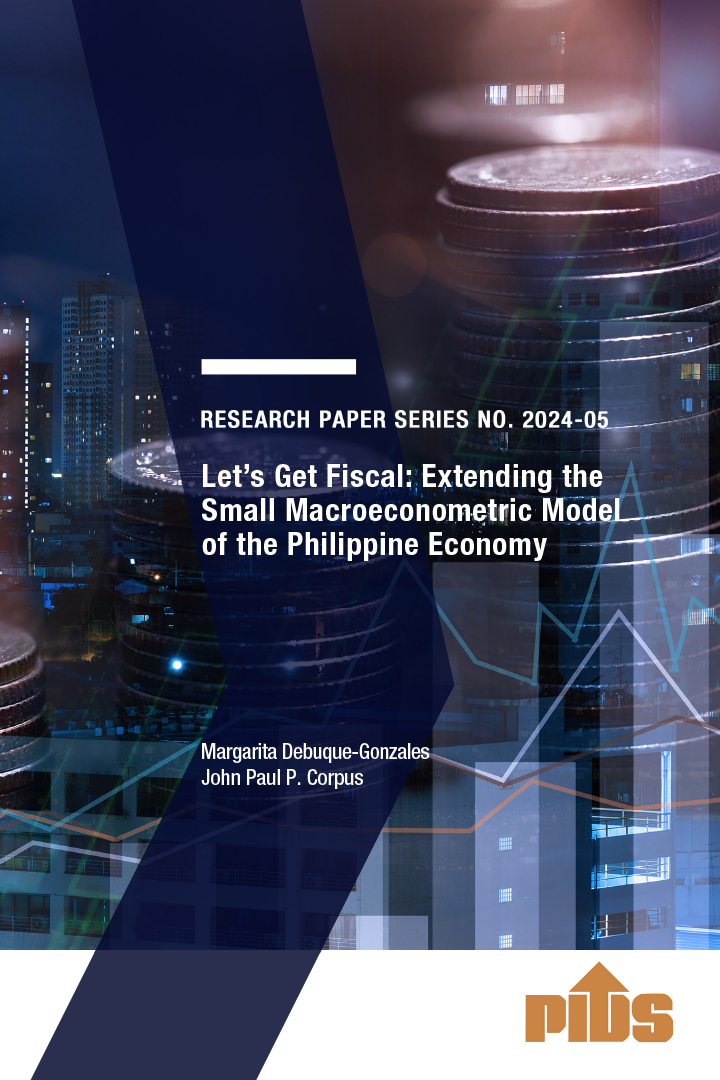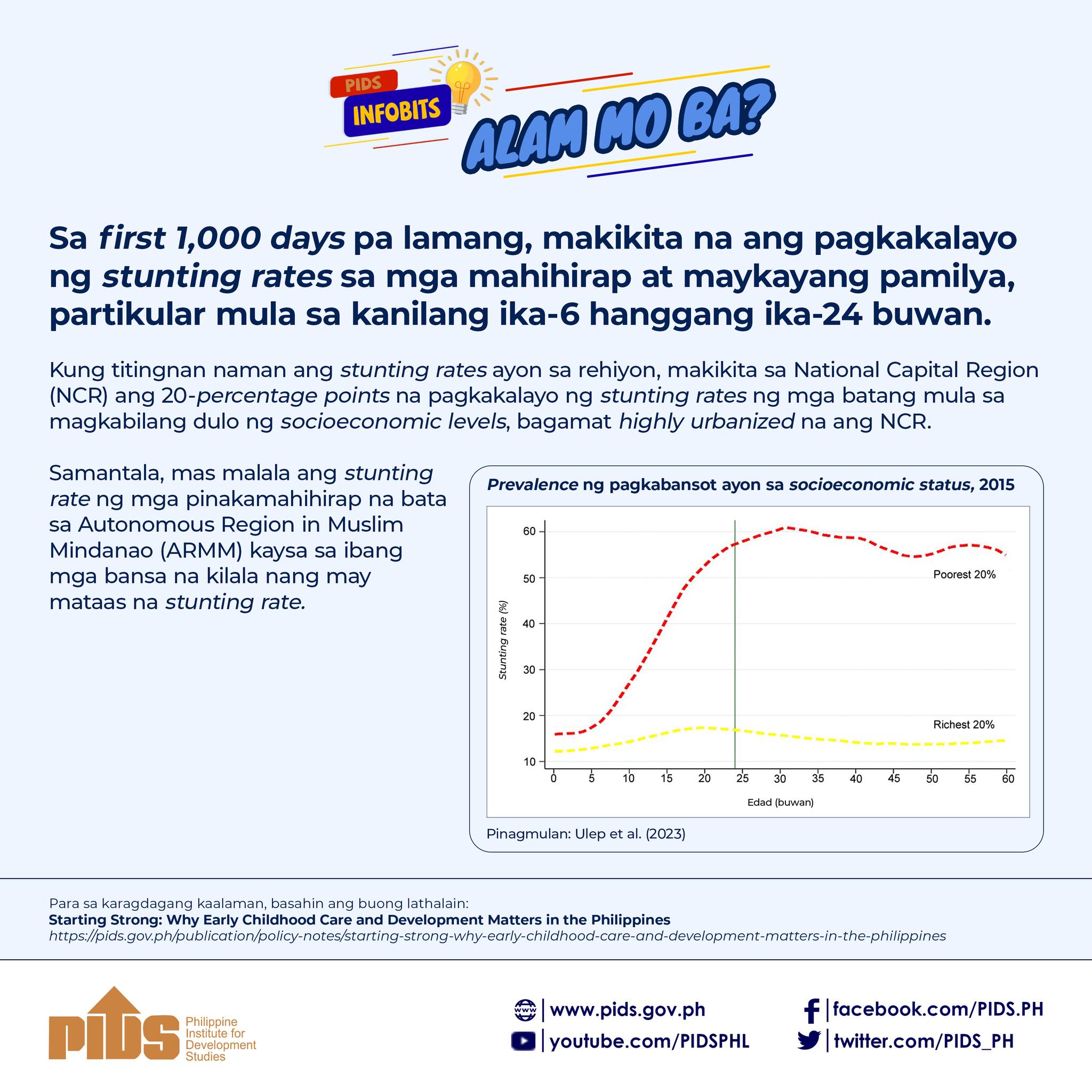Metro Manila (CNN Philippines, April 16) — The Bangko Sentral ng Pilipinas extended another lifeline to the pandemic-stricken economy, slashing interest rates to an all-time low.
BSP Governor Benjamin Diokno announced through a Viber message to reporters a 50 basis point (bp) reduction in the key interest rate to 2.75 percent, the lowest on record. The overnight deposit and lending rates have also been slashed to 2.25 percent and 3.25 percent, respectively, effective Friday.
The BSP chief signaled a fresh rate cut earlier this week, saying a deeper cut is needed to arrest the "expected sharp economic slowdown" caused by COVID-19. Thursday's move was unique as the rate action came weeks ahead of the Monetary Board's scheduled rate-setting meeting on May 21.
Banks and other lending firms use the BSP's rates as their benchmark in setting loan, credit card, and deposit rates. The central bank cumulatively brought the key yield down by 1.25 percent in the last three months.
Foreign central banks have intercepted the COVID-19 pandemic by trimming interest rates abroad. The United States Federal Reserve led the charge with two off-cycle rate reductions, bringing key yields close to zero — a level not seen since the 2008 Global Financial Crisis.
The fresh rate cut came as the International Monetary Fund pulled down its growth estimate for the Philippines, and as most businesses remain shut due to the extended lockdown hoisted over Luzon and select parts of the country to contain the spread of the disease.
A study from the Philippine Institute for Development Studies pegged economic losses due to COVID-19 at between ₱276.3 billion to as much as ₱2.5 trillion, representing losses in major industries like tourism, manufacturing, and retail trade as millions of people are forced to stay indoors.
To combat the economic slump, Finance Secretary Carlos Dominguez III has unveiled a ₱1.17 trillion response plan, the bulk of which will be released as cash subsidies to workers displaced by lockdowns.
Prior to Thursday's out-of-pattern rate cut, the BSP also unlocked about ₱220 billion in the banking system through lower reserve requirements, extended a ₱300-billion short-term credit line to government, and unwound some regulatory standards to keep financial firms liquid during crisis mode.
On the BSP's end, one analyst said monetary officials are not yet done in their attempt to pull up the economy.
"We expect Diokno to continue to ease monetary policy, reducing RR by another 200 bps before the end of April and cutting policy rates by another 25 bps by May," ING Bank Senior Economist Nicholas Antonio Mapa said.
"Investors will continue to monitor the size and scope of the fiscal COVID-19 recovery plan now that the lockdown has been extended to the end of the month with government officials flagging a worst case scenario technical recession by the 3Q of the year," he added.
The economic team has conceded that there will be zero growth at best this year as the Philippine economy languishes from job losses, poor sales, and crimped profits for the private sector due to the global pandemic.
BSP Governor Benjamin Diokno announced through a Viber message to reporters a 50 basis point (bp) reduction in the key interest rate to 2.75 percent, the lowest on record. The overnight deposit and lending rates have also been slashed to 2.25 percent and 3.25 percent, respectively, effective Friday.
The BSP chief signaled a fresh rate cut earlier this week, saying a deeper cut is needed to arrest the "expected sharp economic slowdown" caused by COVID-19. Thursday's move was unique as the rate action came weeks ahead of the Monetary Board's scheduled rate-setting meeting on May 21.
Banks and other lending firms use the BSP's rates as their benchmark in setting loan, credit card, and deposit rates. The central bank cumulatively brought the key yield down by 1.25 percent in the last three months.
Foreign central banks have intercepted the COVID-19 pandemic by trimming interest rates abroad. The United States Federal Reserve led the charge with two off-cycle rate reductions, bringing key yields close to zero — a level not seen since the 2008 Global Financial Crisis.
The fresh rate cut came as the International Monetary Fund pulled down its growth estimate for the Philippines, and as most businesses remain shut due to the extended lockdown hoisted over Luzon and select parts of the country to contain the spread of the disease.
A study from the Philippine Institute for Development Studies pegged economic losses due to COVID-19 at between ₱276.3 billion to as much as ₱2.5 trillion, representing losses in major industries like tourism, manufacturing, and retail trade as millions of people are forced to stay indoors.
To combat the economic slump, Finance Secretary Carlos Dominguez III has unveiled a ₱1.17 trillion response plan, the bulk of which will be released as cash subsidies to workers displaced by lockdowns.
Prior to Thursday's out-of-pattern rate cut, the BSP also unlocked about ₱220 billion in the banking system through lower reserve requirements, extended a ₱300-billion short-term credit line to government, and unwound some regulatory standards to keep financial firms liquid during crisis mode.
On the BSP's end, one analyst said monetary officials are not yet done in their attempt to pull up the economy.
"We expect Diokno to continue to ease monetary policy, reducing RR by another 200 bps before the end of April and cutting policy rates by another 25 bps by May," ING Bank Senior Economist Nicholas Antonio Mapa said.
"Investors will continue to monitor the size and scope of the fiscal COVID-19 recovery plan now that the lockdown has been extended to the end of the month with government officials flagging a worst case scenario technical recession by the 3Q of the year," he added.
The economic team has conceded that there will be zero growth at best this year as the Philippine economy languishes from job losses, poor sales, and crimped profits for the private sector due to the global pandemic.












